Changing Lives with Wheelchair Donations Around the World
Wheelchairs provide mobility, and happiness to recipients around the world.
February 2014
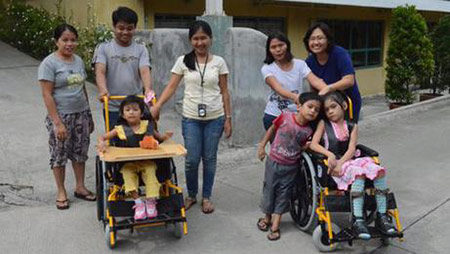
MANILA — Socrates, age 37, goes to work every day as an electronics repairman. Maria, age 46, operates a sari-sari store business and is an officer of the Barangay Persons with Disability (PWD) organization. Judith, age 54, is an accounting staff of a government office. These three individuals who live in Cordova, Cebu are physically-challenged and use wheelchairs for mobility.
Mobility is something that most of us take for granted. Moving from one location to another is something we do independently and without much thought. This is not the case for people afflicted with polio or cerebral palsy, or those who met with accidental falls. Without a wheelchair these individuals must rely on their friends and families for transportation or resort to crawling.
March 1 is International Wheelchair Day. One of the global initiatives of The Church of Jesus Christ of Latter-day Saints is Wheelchair Training and Distribution. LDS Charities (LDSC), the social arm of the Church has been engaged in wheelchair distribution for 10 years.
In recent years, extensive training has been done to help assessors measure, modify and customize wheelchairs to properly fit the beneficiaries. The Church has worked and trained with Local Government Unit (LGU) doctors and health officers, the Philippine Navy, the academe and NGOs.
Basic and intermediate wheelchair training programs from LDS Charities (LDSC) are being integrated into the curriculum of the College of Rehabilitation Sciences of De La Salle University-Dasmarinas.
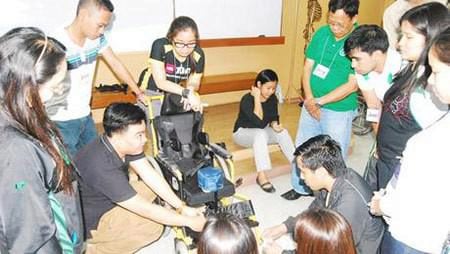
Basic, Intermediate and Advanced courses comprise the wheelchair training program.
An Intermediate training addresses the complex needs of people suffering from cerebral palsy and other forms of physical disabilities who would need supportive chairs with braces and harnesses to keep them upright, safe and secure.
An advanced training course was held last year headed by Dr. Jaime Noon, one of the authors of the World Health Organization’s Wheelchair Trainer’s Manual. Alice Laverdiere, a clinical supervisor from the United Cerebral Palsy Organization, also assisted in the month long program.
Week one required each trainee to measure and modify a chair to fit the assigned client. Dean Cecile Licuan of DLSU-D, one of four teachers to take the advanced course, was assigned to a client who was unable to sit.
She was able to build a chair for him where he could lay on an adjustable incline allowing him to see people at eye level. Recalling the amazing experience, she said, “I didn’t even know how to do what I needed to do so I just prayed to be led to do it right."
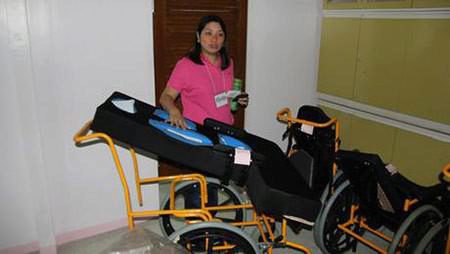
Upon completion of the advanced course, she and four others took a second course on how to do the intermediate supportive chair assessment. As part of their evaluation, they were required to teach the Intermediate Assessment class for two weeks.
In one of the Intermediate Training conducted last year, the impact of the project was summed up by one of the mothers of the beneficiaries who said, “We can be a family now. We used to leave our child at home because it was difficult and physically exhausting carrying him with us during family outings and activities but now with the intermediate wheelchair, we can do things together as a family. We can stroll at the mall together, eat at a restaurant together and go to church together.”
The Wheelchair project is just one of seven global humanitarian initiatives of Latter-day Saint Charities to include emergency response, providing clean potable water, neo-natal resuscitation training, vision care, food production and immunization.
Story courtesy of the Mormon Newsroom | Philippines
Give to Humanitarian Aid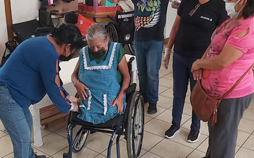
Wheelchairs provide mobility, and happiness to recipients around the world.

Several months after a devastating typhoon struck the Philippines, relief efforts by The Church of Jesus Christ of Latter-day Saints (Mormons) continue in some of the hardest hit areas of the country.
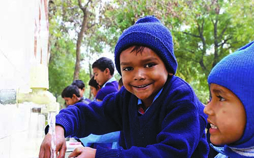
We recently provided support to WaterAid, an organization on a mission to transform lives by improving access to clean water, hygiene, and sanitation in the world’s poorest communities.